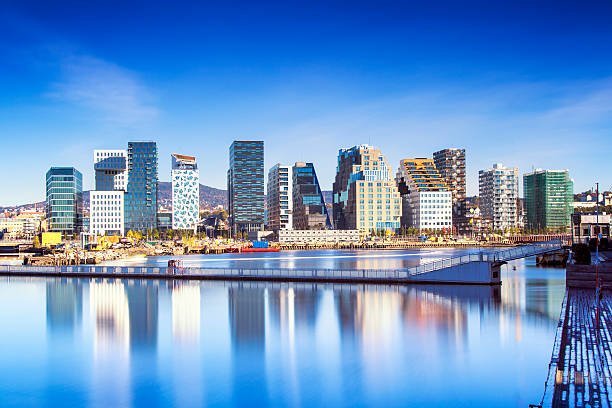
Oslo, the vibrant capital of Norway, is a city that seamlessly blends modern charm with historical significance. Nestled between the fjords and forests, Oslo offers a unique blend of urban excitement and natural beauty, making it an ideal destination for travelers seeking an unforgettable experience.
One of the primary advantages of visiting Oslo is its stunning architecture, which seamlessly blends modern designs with historical landmarks. The city is home to some of the most impressive buildings in the world, including the iconic Opera House, which appears to rise from the water, and the sleek, futuristic design of the Sverre Fehn-designed National Gallery. These architectural marvels, along with numerous other notable structures, make Oslo a visual feast for architecture enthusiasts.
Another reason to visit Oslo is its rich cultural scene, which is evident in its numerous museums and galleries. The city is home to over 50 museums, including the world-renowned Vigeland Museum, which houses the works of Norwegian sculptor Gustav Vigeland, and the Munch Museum, dedicated to the life and works of Edvard Munch. These institutions, along with numerous other galleries and exhibition spaces, provide visitors with a unique glimpse into the city’s vibrant art and cultural scene.
Nature lovers will also find Oslo to be a paradise, as the city is surrounded by stunning natural landscapes. The nearby forests and fjords offer ample opportunities for hiking, kayaking, and other outdoor activities, while the city itself boasts numerous parks and green spaces, including the picturesque Frogner Park, which is home to the famous Vigeland Sculpture Park. These natural oases provide a welcome respite from the hustle and bustle of city life, and offer a chance to connect with nature in a unique and unforgettable way.
Foodies will also find Oslo to be a culinary paradise, as the city is home to a diverse range of restaurants, cafes, and food stalls. From traditional Norwegian cuisine to international flavors, Oslo offers something for every palate. Visitors can sample local specialties, such as fresh seafood, traditional dishes like lutefisk and kjøttkaker, and innovative, modern cuisine at some of the city’s top restaurants. With its vibrant food scene, Oslo is a destination that will satisfy even the most discerning food lover.
In conclusion, Oslo is a city that offers something for everyone, whether you’re an architecture enthusiast, a culture vulture, a nature lover, or a foodie. Its unique blend of modern charm and historical significance, combined with its stunning natural landscapes and vibrant cultural scene, make it an unforgettable destination for any traveler. So why not visit Oslo and experience all that this incredible city has to offer?
Have A View Of The Viking Ship Museum
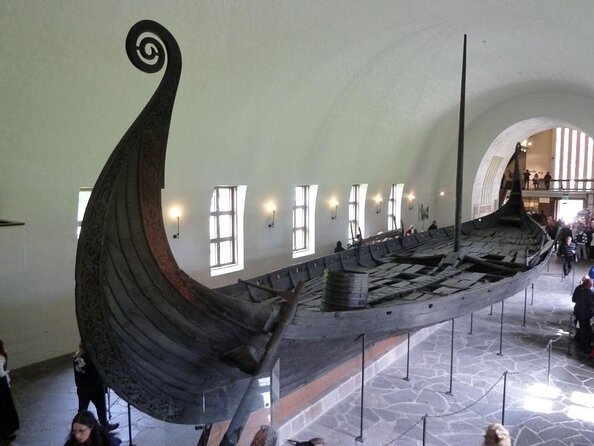
The Viking Ship Museum, part of the University of Oslo’s Cultural History Museum, showcases incredible finds from four Viking burial sites around the Oslo Fjord. Located on the Bygdøy peninsula, the museum’s highlight is the Oseberg ship, a 9th-century burial ship excavated in 1904-05, which remains remarkably well-preserved due to its encasement in watertight and airtight mud.
Other notable exhibits include the Tune and Gokstad ships, along with various artefacts such as beds, small boats, a complete cart, tent components, wood carvings, textiles, and other treasures unearthed from Viking graves. Visitors can also enjoy the film “Vikings Alive,” which is projected onto the walls and ceiling, providing context on Viking burial rituals12.
Frogner Park Buildings and Monuments
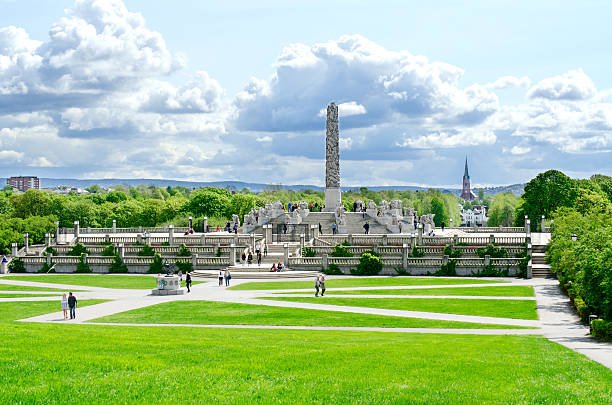
Accessible throughout the year, Frogner Park is located in Oslo’s namesake district and is a delight for the installations by 20th-century sculptor Gustav Vigeland.
There are 212 statues in total, in bronze and granite from Iddefjord.
Vigeland’s creations are Realist and their subjects are peculiar, from a man battling with babies to a woman being ridden by a baby using her braided hair as reins.
Many of these pieces like the Angry Boy (Sinnataggen) have become symbols for Oslo.
The Angry Boy is in a 100-metre-long arrangement known as The Bridge, between the eastern Main Gate and the Fountain.
On that same line, a few hundred metres further, is the Monolith, an elevated 14.12-metre pillar composed of 121 human figures.
This sculpture alone took 14 years to chisel from one gigantic piece of granite.
Vigeland Museum Oslo / The Vigeland Museum
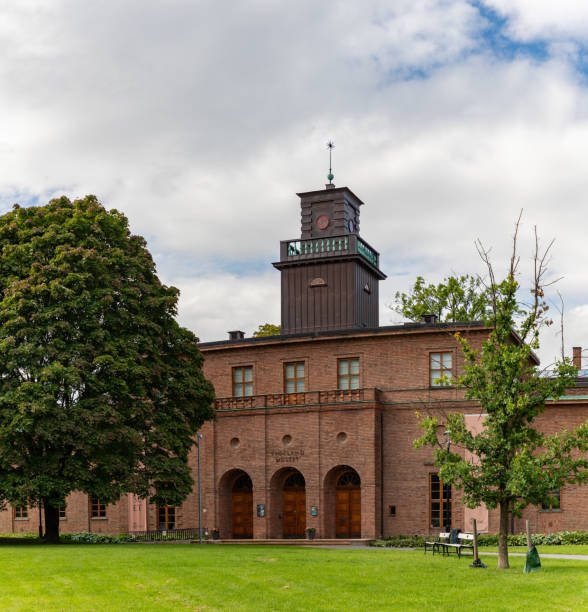
After the sculpture park, visit the Vigeland Museum in the Neoclassical building on the southern boundary.
This beautiful edifice was built in the 1920s as the studio and home of Gustav Vigeland after he had agreed to donate his works to the city.
After his death, the building became a museum in 1947, preserving his private residence on the third floor where he lived from 1924 to 1943 and which is fitted for the most part with items he designed.
And being the place where Vigeland worked, the museum gives you a clear sense of the artist’s process, revealing the plaster models for the sculptures in the park, preparatory sketches, casts as well as many of Vigeland’s earlier creations.
There are also short-term contemporary art exhibitions at the museum.
Fram Museum / The Best Museum in Norway
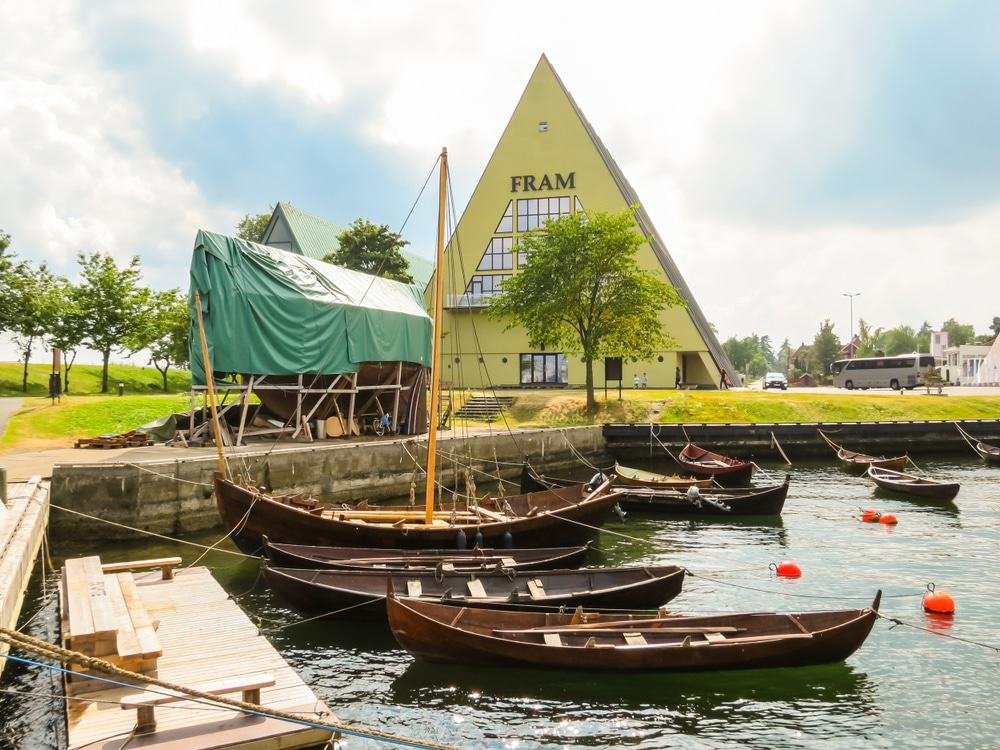
On the Bygdøy Peninsula, this museum honors the bold polar explorers of the flip of the 20 th century, particularly Fridtjof Nansen, Otto Sverdrup, and Roald Amundsen.
The maximum important attraction proper right here is the Fram, a timber supply that modified into used by all three explorers in every Arctic and Antarctic expeditions amongst 1893 and 1912, going similarly north and south than a few distinctive vessel in records.
Both surprisingly considerable and shallow, the Fram had an modern format allowing it to go together with the waft on pinnacle of sheets of ice.
Aboard the Fram, you’ll see how people and their dogs battled to live on in some of the most adverse conditions within the international.
Also on the museum is the Gjøa, which carried Roald Amundsen alongside the Northwest Passage over three years as an entire lot as 1906. Look out for the Northern Lights show and interactive famous just like the polar simulator.
Norwegian National Gallery
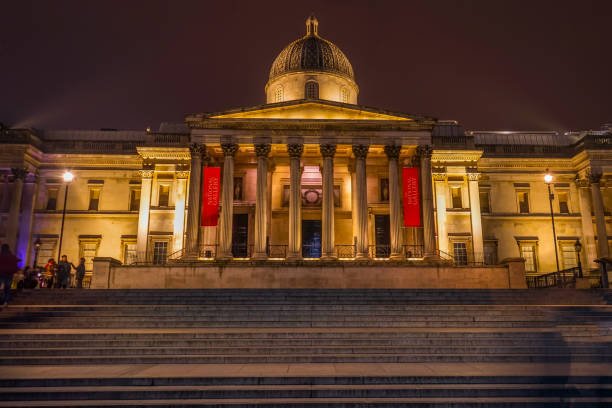
Many people come to this museum for a single reason, to see Edvard Munch’s The Scream.
A proto-Expressionist painting known to all, there’s nothing to say about The Scream that hasn’t already been said.
Except when you see this icon of modern art you may be surprised to see that it is painted on cardboard.
And while The Scream and another Munch masterpiece, the Madonna, are a worthy main attraction, there’s more for art enthusiasts to explore.
The National Gallery’s collection has Renaissance and Baroque works by Lucas Cranach the Elder, El Greco, Orazio Gentileschi, Giovanni Battista Gaulli, and Jan van Goyen, as well as 19th and 20th-century art by masters like Monet, Picasso, Renoir, and Paul Cézanne.
You can also delve into more Norwegian art by prominent artists such as Harriet Backer, Adolph Tidemand, and Hans Gude.
Oslo Opera House
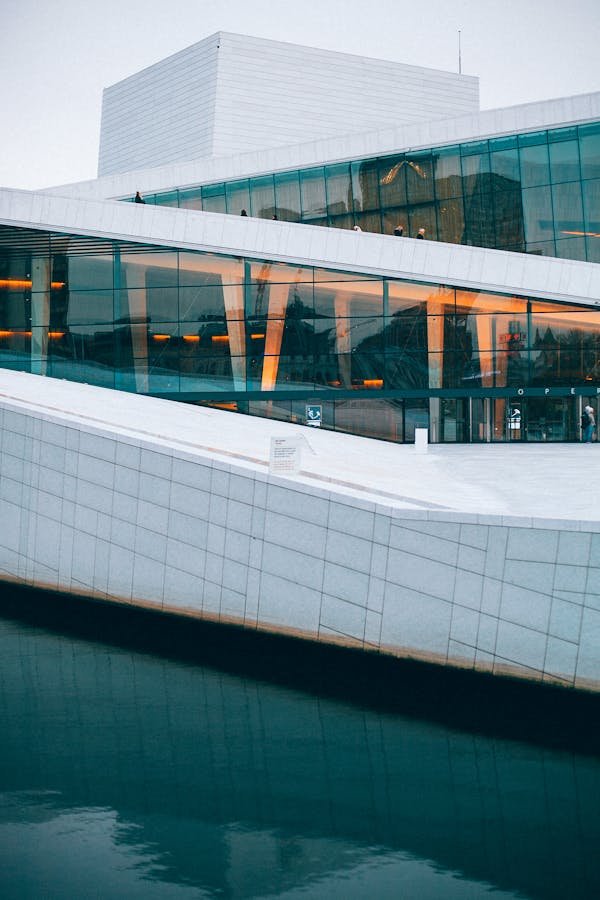
A captivating landmark right on the harbour, the home of the Norwegian National Opera & Ballet is the Oslo Opera House, completed in 2007. Resembling an iceberg, this angular building is clad with white granite and Italian Carrara marble and has a main auditorium that can seat 1,364 spectators.
On a casual visit, you can go up to the roof for free for a breathtaking view of the Oslofjord, best done at sunset.
The inside is also a delight, with warm surfaces covered with oak to counterbalance the iciness of the exterior’s glass and stone.
In the lobby, there’s a wall panel designed by Olafur Eliasson, and on a platform in the fjord is a glass and stainless steel sculpture by Monica Bonvicini.
You can also book a guided tour to go backstage and see the set workshop and get a table at the cafe/restaurant.
If you need more synonyms or any other help, feel free to ask!
Akershus Fortress / visit Oslo
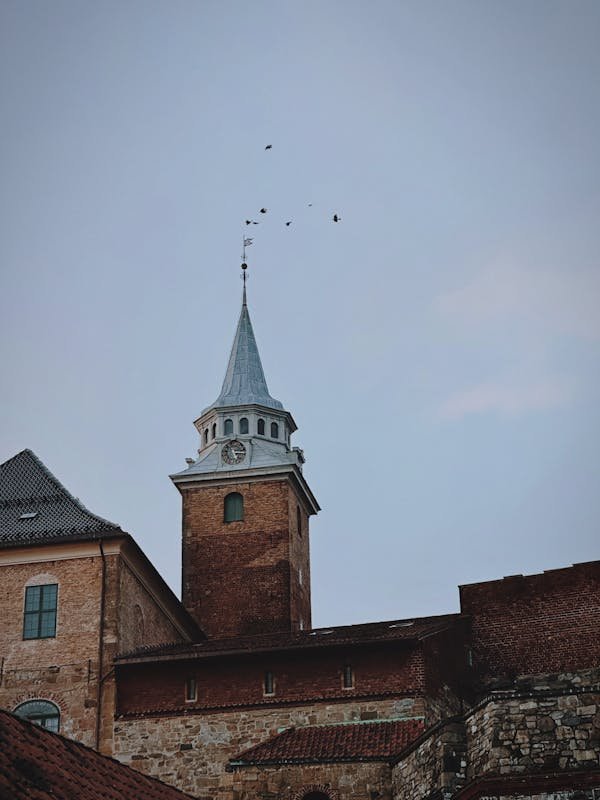
Constructed by Haakon V of Norway at the end of the 13th century, this fortress on a promontory by the fjord has withstood every siege it has faced.
Nearly all of these were conducted by Swedish forces, whether it was Duke Eric of Södermanland at the beginning of the 14th century or King Charles XII in 1716. The surviving design is from the reign of King Christian IV, who moved the whole of Oslo just to the north of the fortress after a fire in 1624. He modernised the defences and built a palace in the Italian Renaissance style at its heart.
In the 18th and 19th centuries, the fortress was a prison, and inmates included the infamous criminal and memoir-writer Gjest Baardsen.
Visit in summer, when guided tours are given of the palace and the enclosing bastions and ramparts

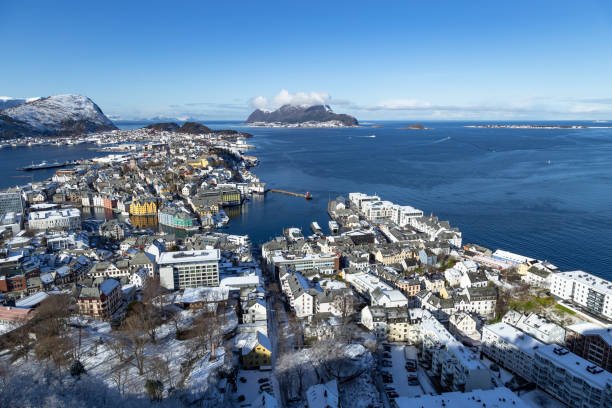
Leave a Reply